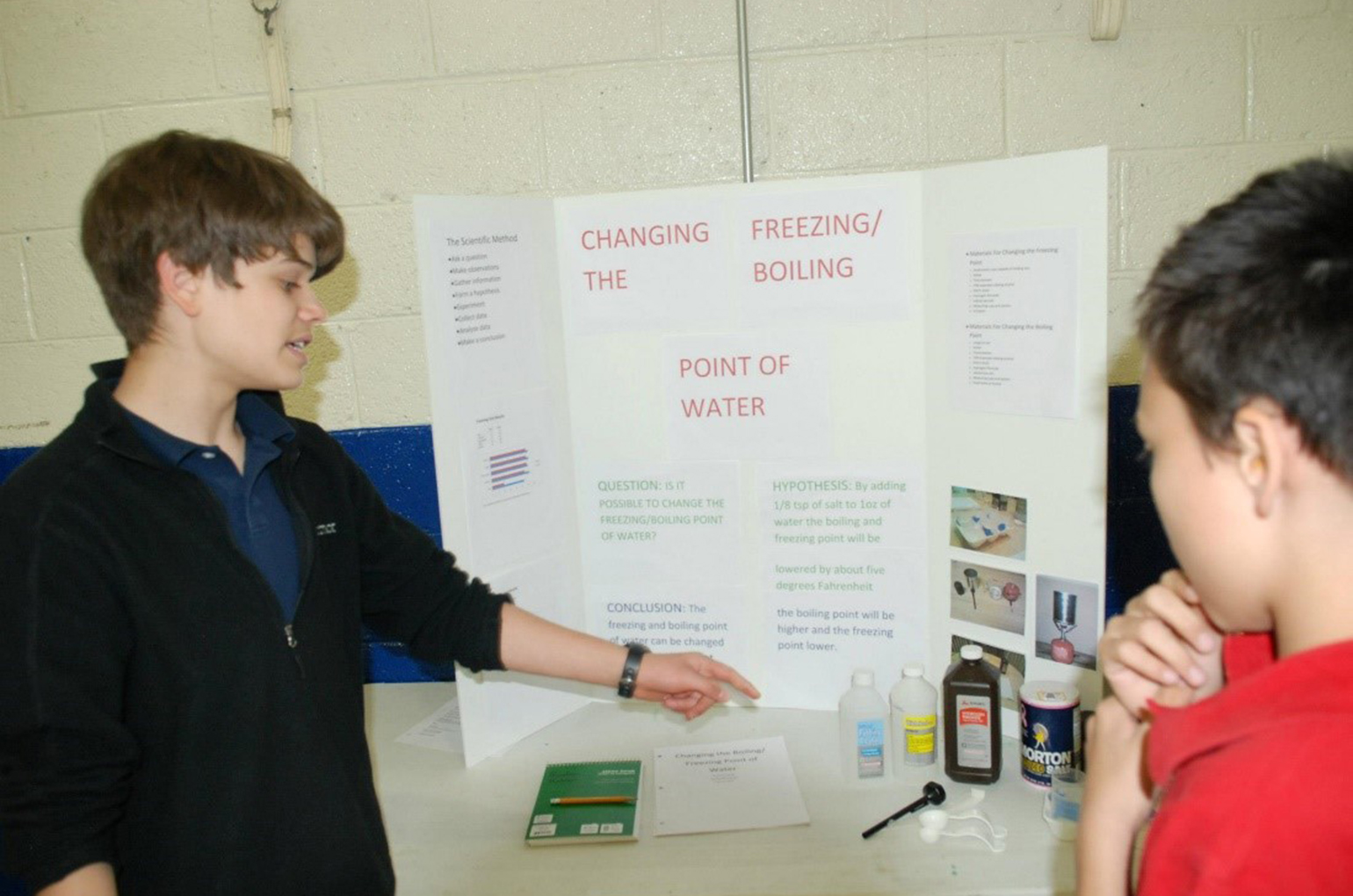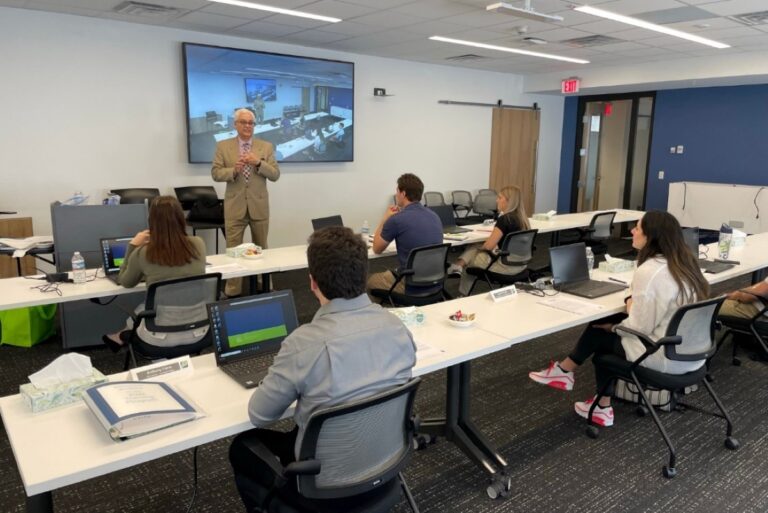How Is Technology in Education Used in The Digital Age?
What is the technology of education? How is it used? Originally appeared on Quora: the place to gain and share knowledge, empowering people to learn from others and better understand the world.
If educational technology is viewed as both processes and tools, it is important to begin by examining four different historical perspectives on these processes and tools, all of which have helped shape current practices in the field. These influences come to us from four groups of education professionals. Because each of these groups emerged from a different area of education and/or society, each has a unique outlook on what educational technology is, and each defines it in a slightly different way. To some degree, these views have merged over time, but each retains a focus that tends to shape the integration practices it considers important.
Perspective #1: Educational technology as media and audiovisual communications
This perspective grew out of the audiovisual (AV) movement in the 1930s, when higher education instructors proposed that media such as slides and films delivered information in more concrete, and therefore more effective, ways than lectures and books did. This movement produced audiovisual communications or the “branch of educational theory and practice concerned primarily with the design and use of messages that control the learning process” (Saettler, 1990, p. 9). The view of educational technology as media to deliver information continues to dominate areas of education and the communications industry. As late as 1986, the National Task Force on Educational Technology equated educational technology with media, treating computers simply as another medium (Saettler, 1990).
Perspective #2: Educational technology as instructional systems and instructional design
This view originated with post-World War II military and industrial trainers who were faced with the problem of preparing large numbers of personnel quickly. Based on efficiency studies and learning theories from educational psychology, they advocated using more planned, systematic approaches to developing uniform, effective materials and training procedures. Their view was based on the belief that both human (teachers) and nonhuman (media) resources could be part of an efficient system for addressing any instructional need. Therefore, they equated “educational technology” with “educational problem solutions.” As these training personnel began to work with both university research and development projects and K-12 schools, they also influenced practices in both of these areas. Behaviorist theories initially dominated and cognitive theories later gained precedence. In the 1990s, popular learning theories criticized systems approaches as being too rigid to foster some kinds of learning—particularly higher order ones. Thus, the current view of educational technology as instructional systems is continually evolving.
Perspective #3: Educational technology as vocational training
Also known as technology education, this perspective originated with industry trainers and vocational educators in the 1980s. They believed (1) that an important function of school learning is to prepare students for the world of work in which they will use technology and (2) that vocational training can be a practical means of teaching all content areas such as math, science, and language. This view brought about a major paradigm shift in vocational training in K-12 schools away from industrial arts curricula centered in woodworking/metals and graphics/printing shops toward technology education courses taught in labs equipped with high-technology stations such as desktop publishing, computer-assisted design (CAD), and robotics systems.
Perspective #4: Educational technology as computer systems (a.k.a. educational computing and instructional computing)
This view began in the 1950s with the advent of computers and gained momentum when they began to be used instructionally in the 1960s. As computers began to transform business and industry practices, both trainers and teachers began to see that computers also had the potential to aid instruction. From the time computers came into classrooms in the 1960s until about 1990, this perspective was known as educational computing and encompassed both instructional and administrative support applications. At first, programmers and systems analysts created all applications. But by the 1970s, many of the same educators involved with media, AV communications, and instructional systems also were researching and developing computer applications. By the 1990s, educators began to see computers as part of a combination of technology resources, including media, instructional systems, and computer-based support systems. At that point, educational computing became known as educational technology.
Contributed by Paul R Cohen, Teacher









